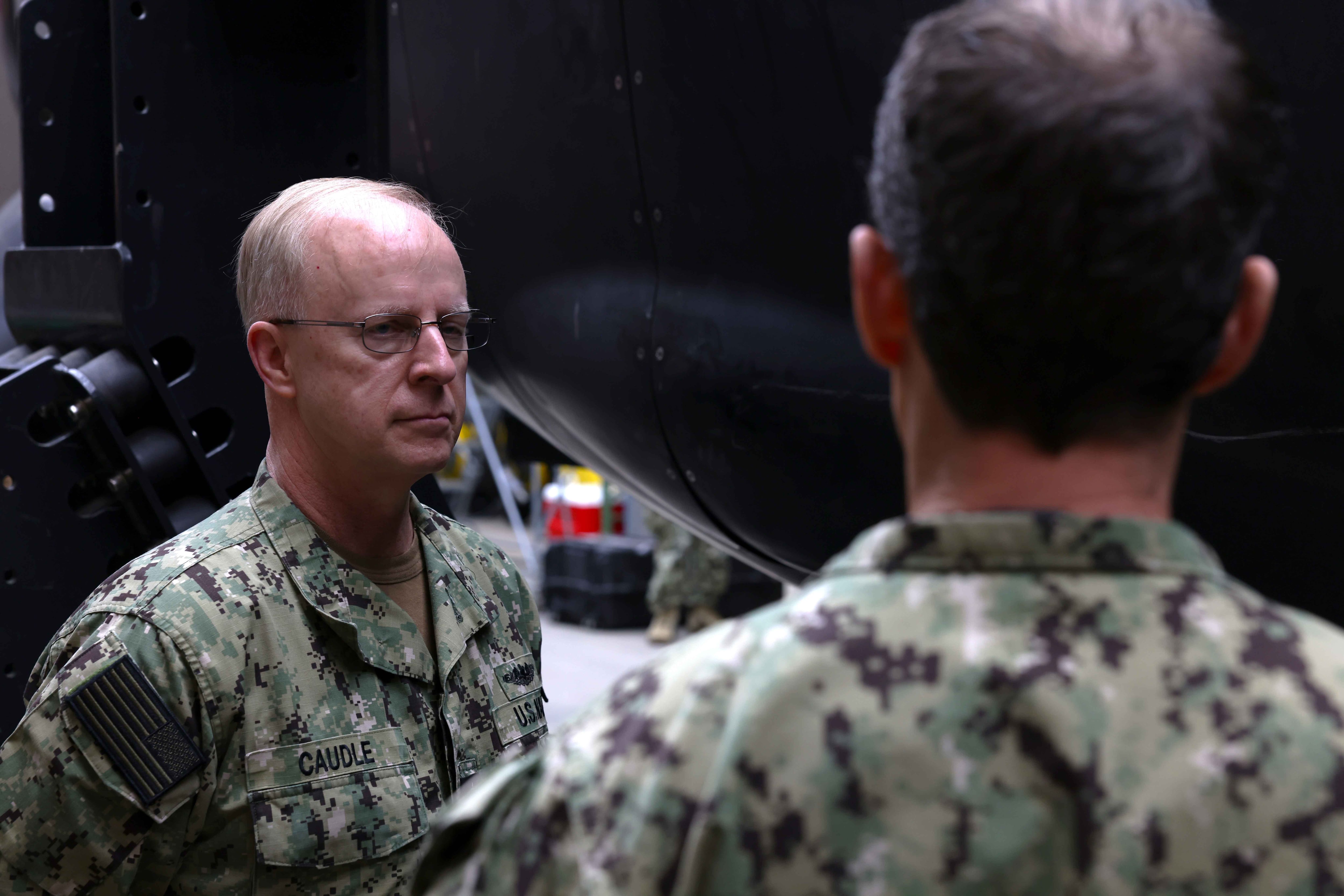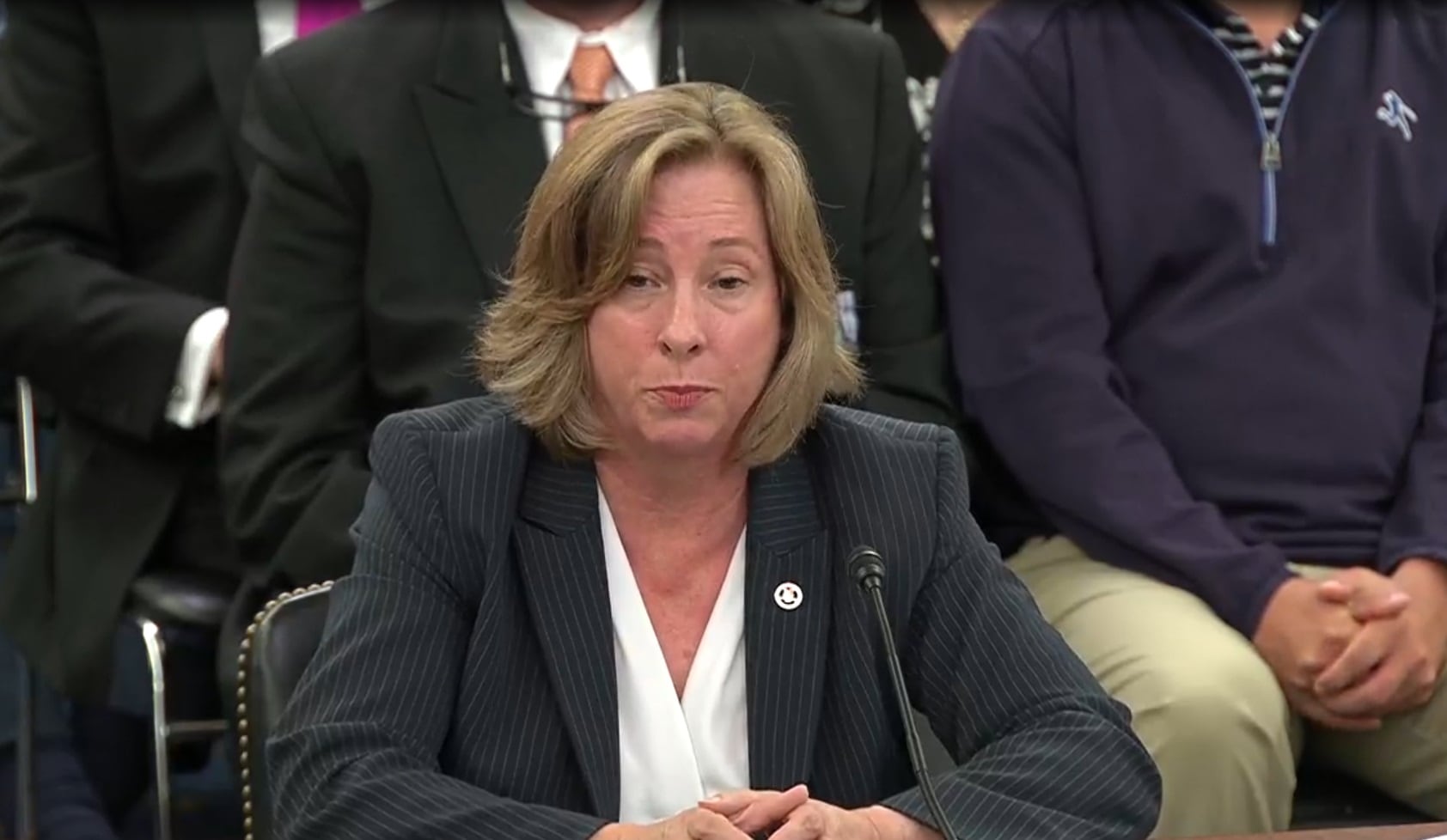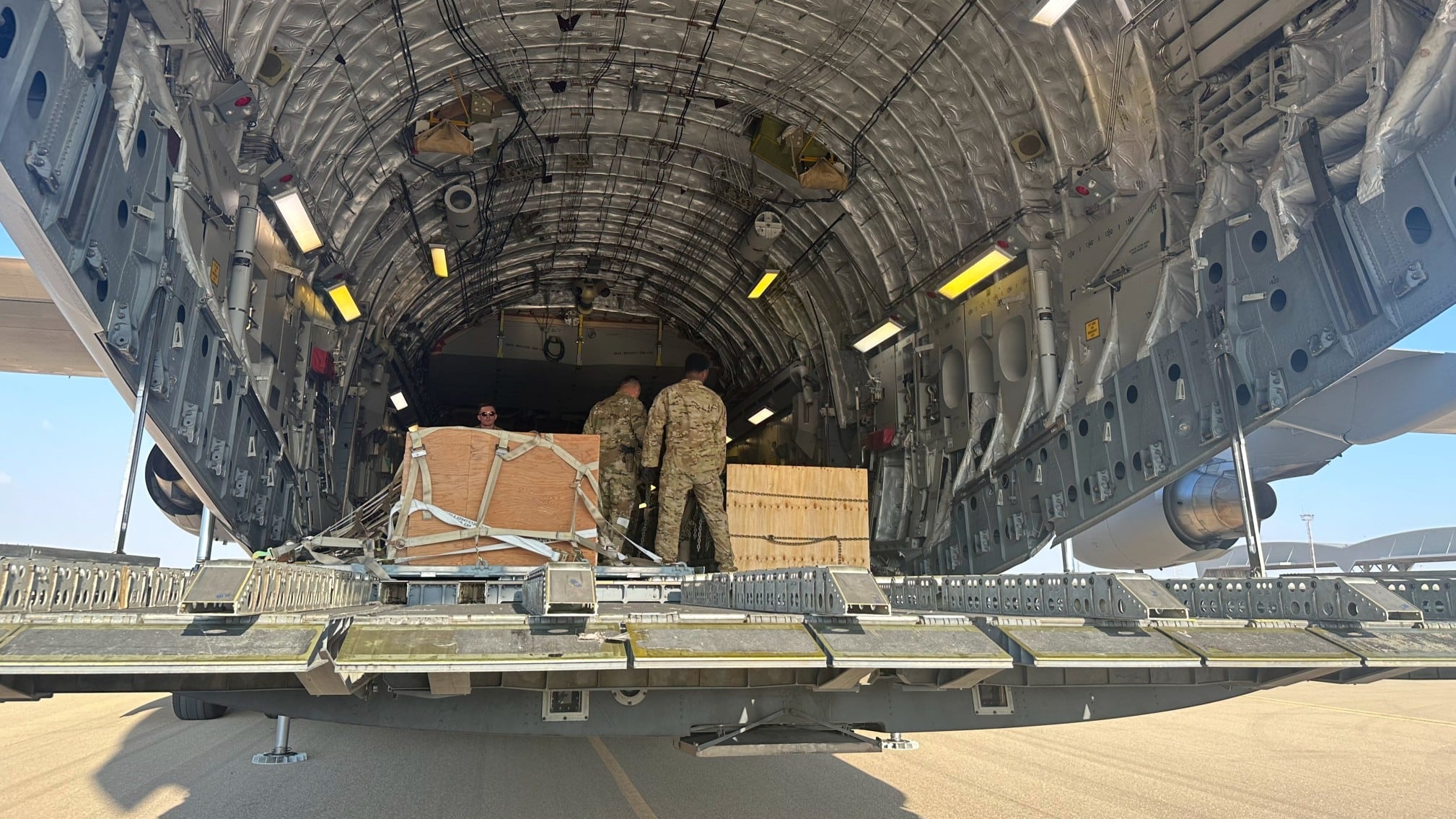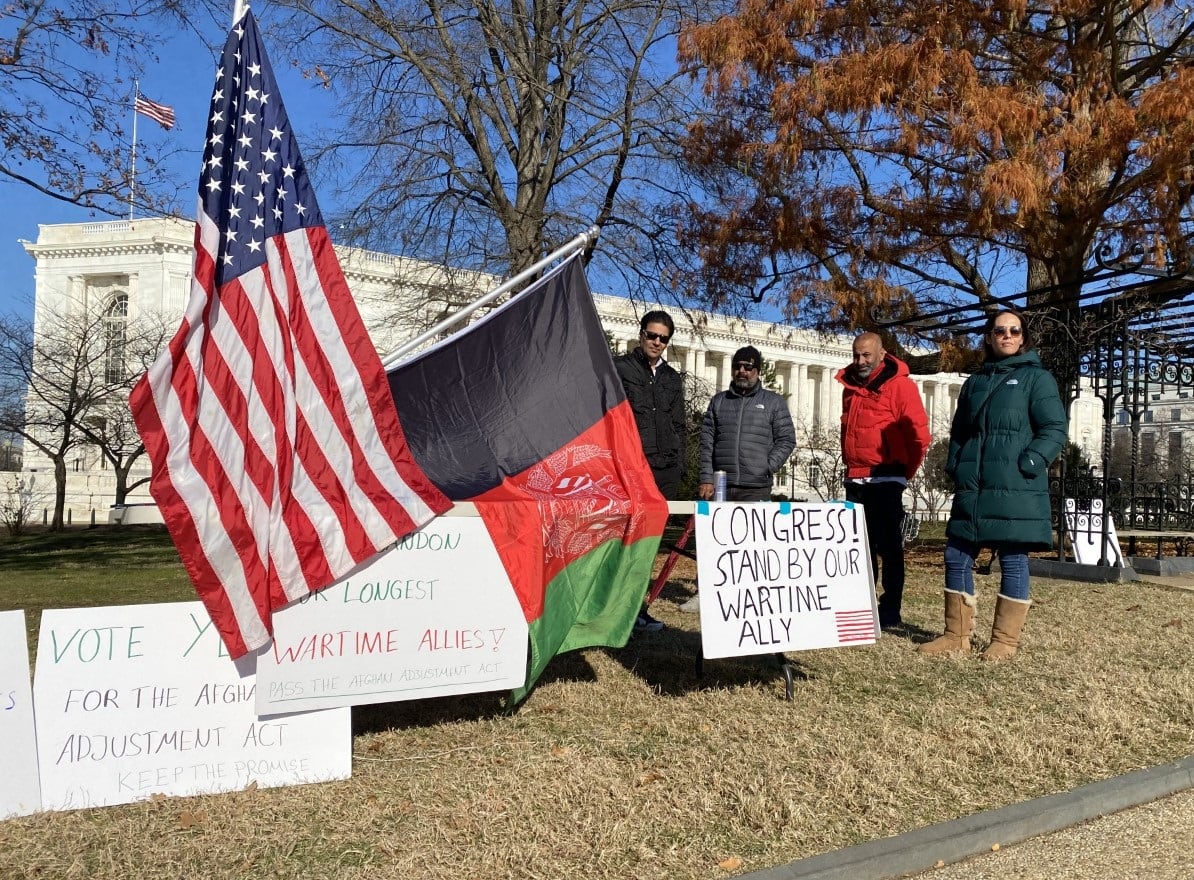The 5th Security Force Assistance Brigade plans to keep one-third of the unit’s roughly 820 soldiers spread across the Indo-Pacific region at all times, while the rest of the brigade prepares for missions at their home station of Joint Base Lewis-McChord in Washington state.
Right now, the “first one-third is in their ‘mission window,’ and they’re in the process of deploying,” said Brig. Gen. Curt Taylor, 5th SFAB commander, during a recent telephone call with reporters.
Advisers are broken down into small teams of four to 12 soldiers, led by an Army captain who has experience helming company-size formations. The teams will stay deployed to the region for approximately six months at a time.
“We believe that building trust over time with the armies of the Pacific will lead to greater access, presence and influence,” Taylor said. “We have a pretty robust exercise schedule throughout the Pacific that our conventional forces have been involved in for a long time. As our role has evolved, we’ve become an essential precursor to those exercises.”
SFAB teams were already on the ground in Thailand and Indonesia in the final months of last year. In February, SFAB personnel also took part in Yudh Abhyas, a U.S.- Indian military exercise involving 500 troops from both countries.
RELATED
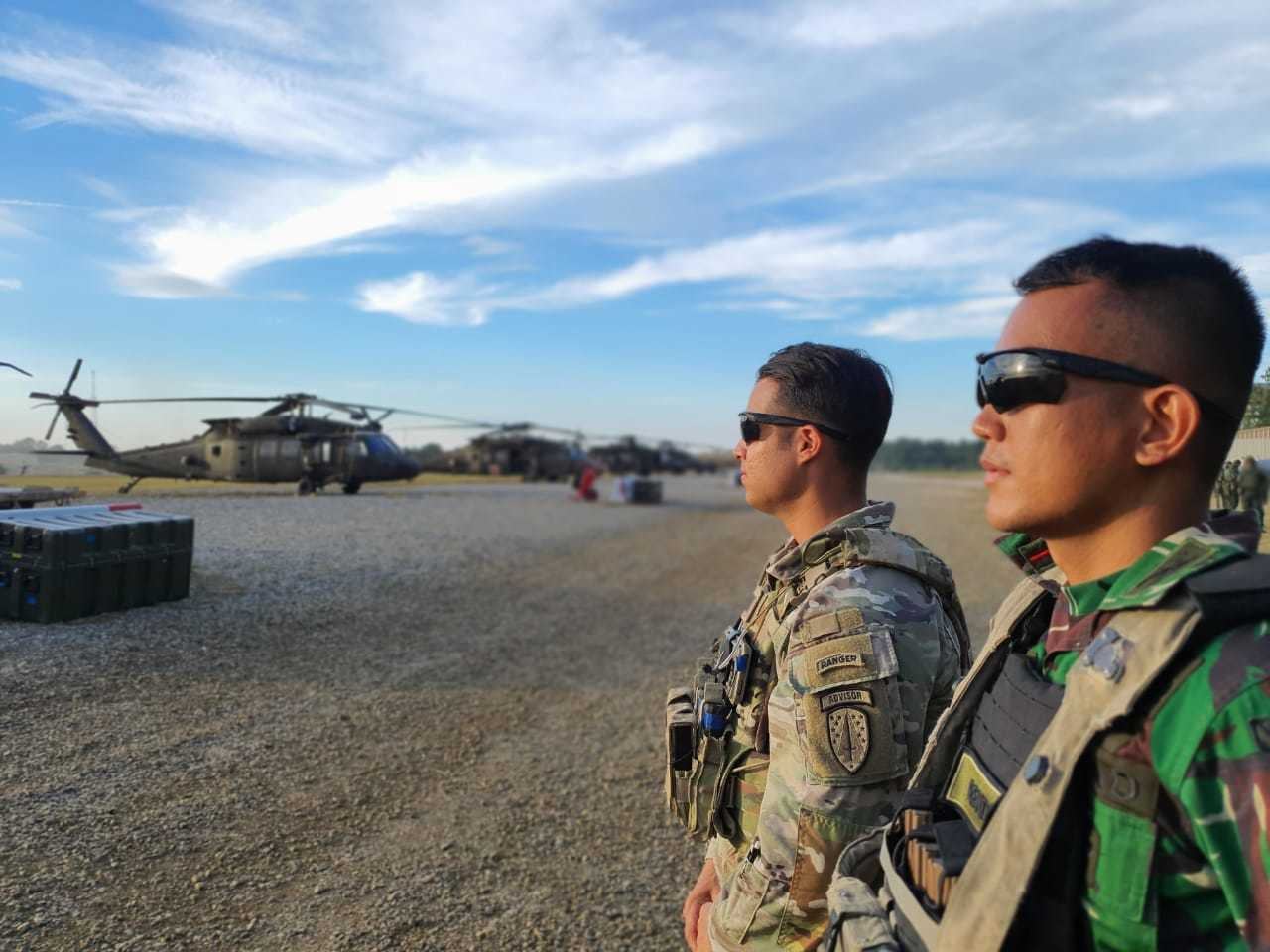
Taylor said other countries in the region have “a lot of interest” in receiving SFAB teams, but declined to list them until the partnerships are formally announced.
“As we work these partnerships, our countries have varying degrees of openness about, you know, evolving relationships,” Taylor said.
“What we will be very open about is the missions that we’ve completed,” Taylor added. “But just out of respect for these evolving relationships, we want to let our partners decide when it’s the right time to talk about the partnership that we’re doing with them.”
The United States is not the only major power courting Asian nations. In the past, SFAB leaders have acknowledged that working in the Indo-Pacific means sharing partners with Chinese military trainers, as well.
“It’s clear that we are in competition with China in every country that we’re going to,” Taylor said in October. “That does not mean we’re demanding that everyone we work with make a choice of us over other neighbors. We recognize that our partners out there, they’re not going to change their neighborhood, and so they have to work with a number of different partners.”
RELATED
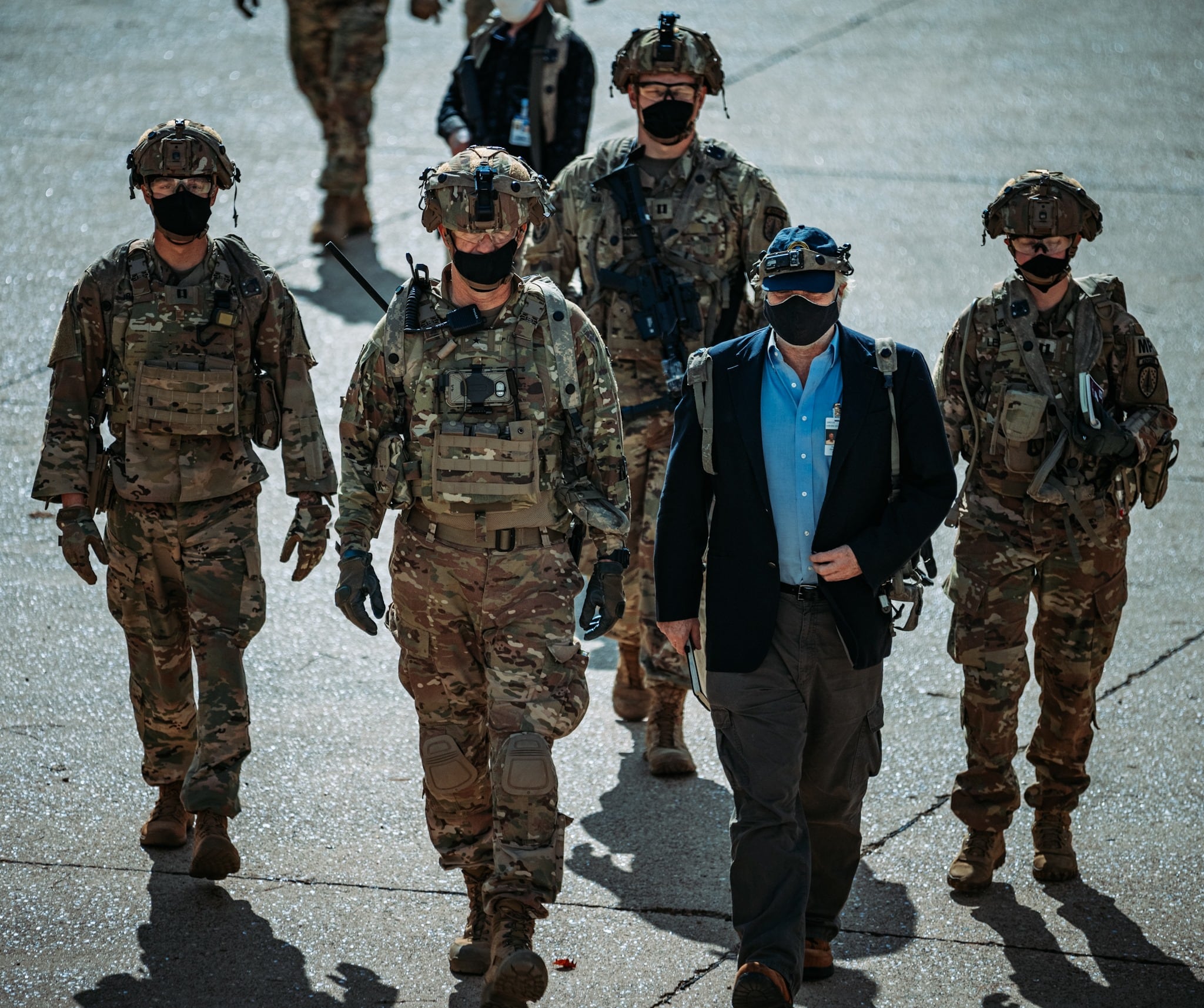
SFAB teams advertise that they can teach foreign forces how to improve intelligence collection processes, plan logistics, conduct sensitive site exploitation, professionalize noncommissioned officer corps and even employ drones, like the RQ-11 Raven.
“We’re not going over there and flying drones in our partner countries unless it’s completely under their supervision,” Taylor said. “But there is a lot of interest globally in the increasing use of [aerial drones]. We’ve learned an awful lot in the last few years about how to employ them effectively, and we’re teaching that to our partners.”
Special Forces teams have also been active across the Indo-Pacific region. Those teams specialize in unconventional warfare and counterinsurgency, but they have far less experience when it comes to supply chain management or running a maintenance program, Taylor noted. That’s a gap SFABs can fill.
“These are kind of hard army conventional force skills that we hire people specifically for their mastery of,” Taylor said. “But really, in practice, most of what we’ve been doing is the fundamentals of good war fighting at the platoon, company and battalion level.”
Kyle Rempfer was an editor and reporter who has covered combat operations, criminal cases, foreign military assistance and training accidents. Before entering journalism, Kyle served in U.S. Air Force Special Tactics and deployed in 2014 to Paktika Province, Afghanistan, and Baghdad, Iraq.

